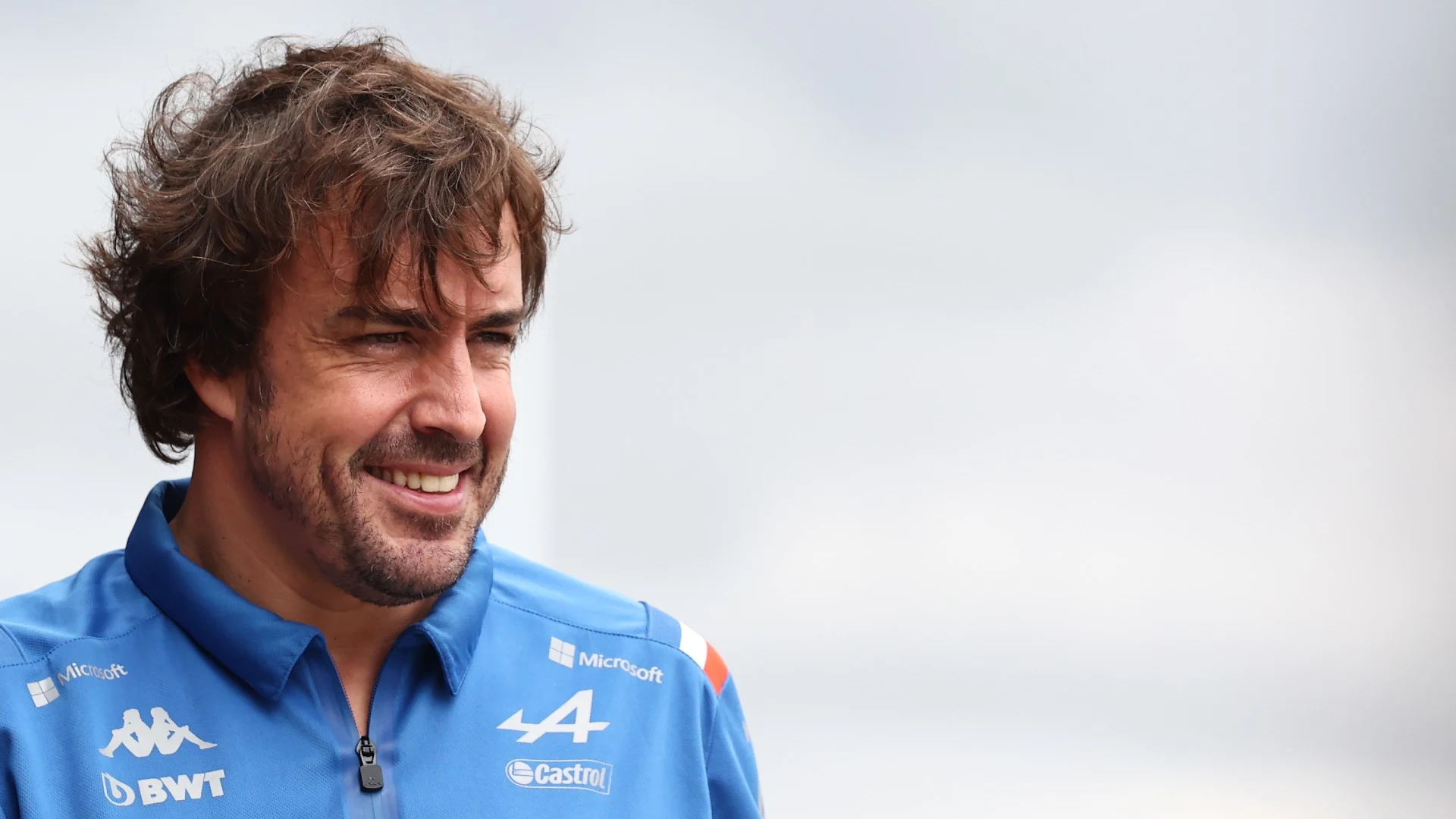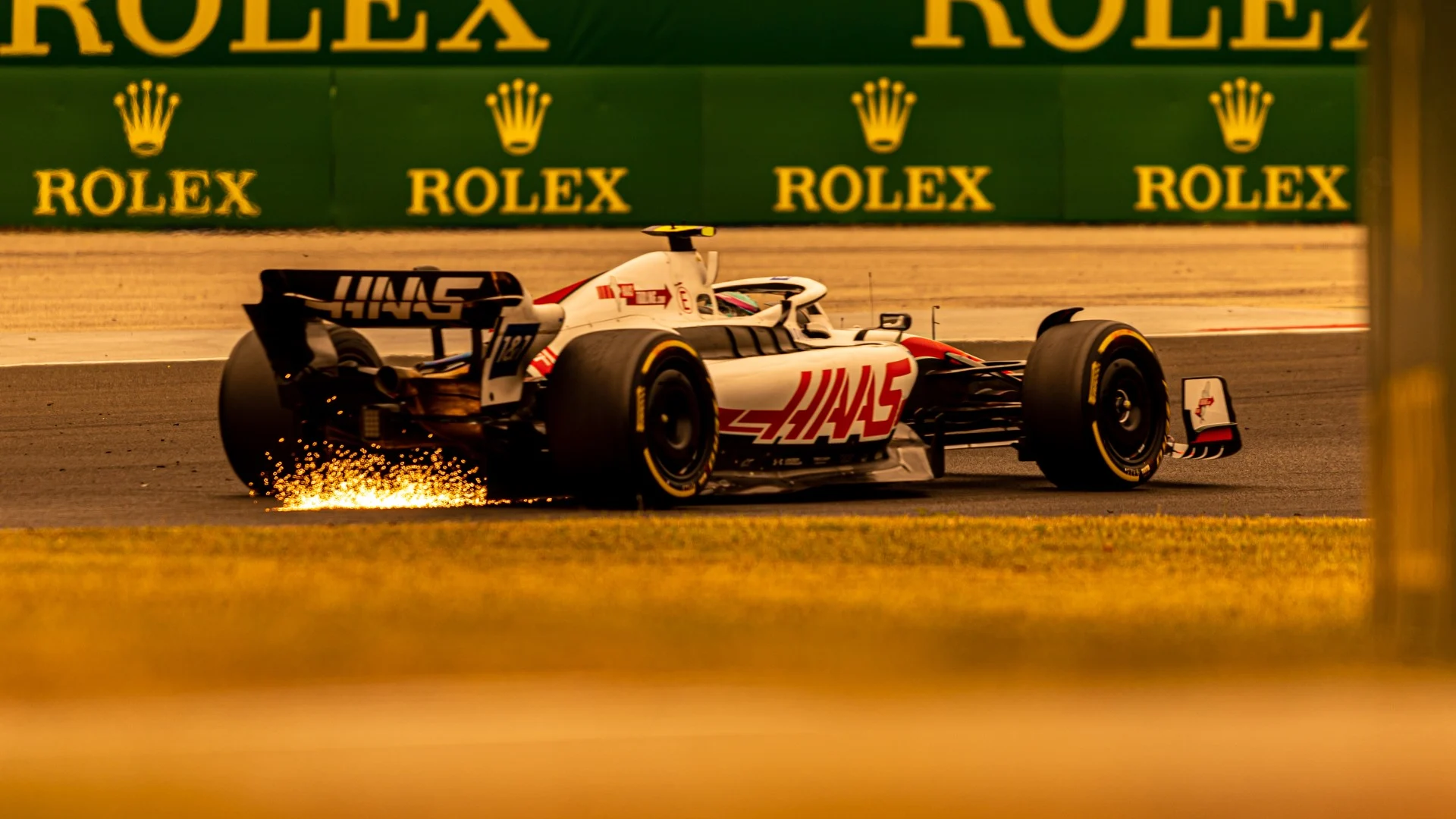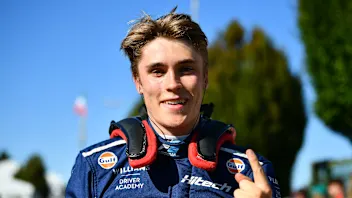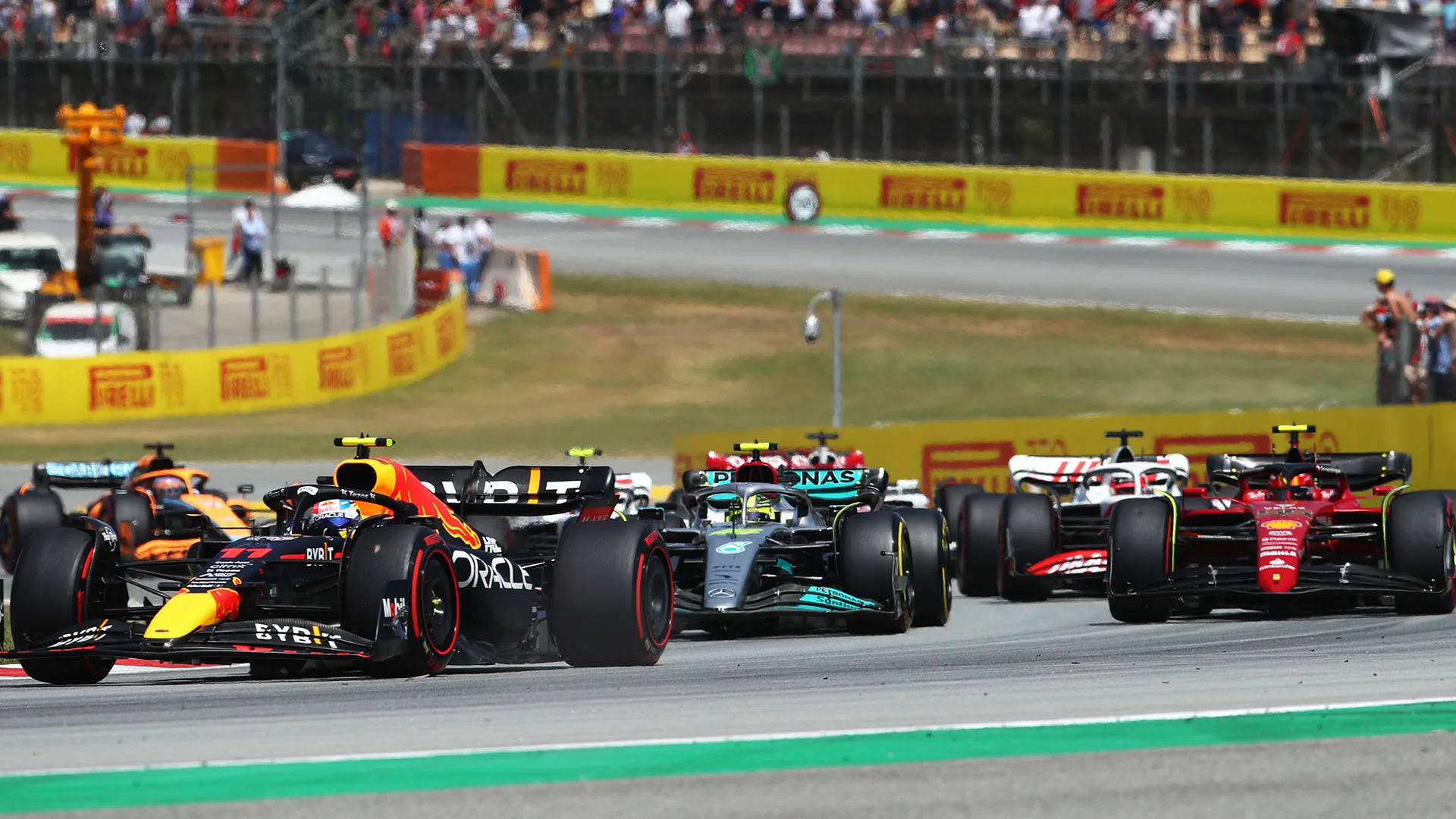After a well-earned few weeks off for all of the teams, it’s time to go racing once again, with the Belgian Grand Prix kicking off the second part of the season. Ahead of the resumption, here are some of the topics we expect to be hotly-discussed during this visit to Spa-Francorchamps.
1. Alpine's driver situation
August might have been the time for the teams to take a mandatory factory shutdown, but that doesn't apply to the driver market, and the silly season duly stepped up to the plate to get people talking.
No sooner had everyone woken up on the morning after the Hungarian Grand Prix than Fernando Alonso was announced as an Aston Martin driver from 2023 onwards, signing a multi-year contract to replace the retiring Sebastian Vettel. That news came just as there had been rumours that Oscar Piastri had been in talks with McLaren, and the fallout from Alonso’s move duly exposed that position.
ANALYSIS: What's going on with Alpine and Oscar Piastri – and what happens next?
Alpine announced Piastri as Alonso’s replacement for next year, but with no input from the young Australian, who then refuted the claim and said he would not be racing for Alpine next year. Where he will be racing is still to be announced, with Daniel Ricciardo’s future at McLaren looking increasingly uncertain – but there’s no resolution confirmed so far.
Belgium is the first time the paddock will have reconvened since the driver market went into overdrive, and we’ll finally hear from all of the main protagonists.

2. The rest of the driver market
While there remains uncertainty over both the Alpine and McLaren seats, the rest of the driver market is also in limbo.
Aston Martin might have tied up their replacement for Vettel – and confirmed Lance Stroll’s ongoing position in the process – but Alfa Romeo, AlphaTauri, Haas and Williams all have vacancies that need filling at this stage.
AlphaTauri are unlikely to look outside the Red Bull pool of drivers if they decide to make a change when it comes to Yuki Tsunoda’s seat, but the other three teams could still play a bigger role in the market.
ANALYSIS: Piastri, Ricciardo, Williams and more – where next for F1’s 2023 driver market?
Alfa Romeo have been impressed with Zhou Guanyu this season, while Mick Schumacher started getting the results to go with some strong performances for Haas before the summer break. But if a driver of Ricciardo’s calibre becomes available, then there’s likely to be widespread interest.
Piastri had previously been linked with a potential move to Williams in 2023, but with that door now appearing to have closed, there could be a further opening at Grove too if Nicholas Latifi is not retained – with Alex Albon having been signed to a longer-term deal at the start of the month. Given the twists and turns over the past few weeks, it would take a brave person to confidently predict how the grid will look next year.

3. Another three-way fight?
The driver market might have dominated headlines during the summer break, but the final race before the shutdown delivered what had been brewing for a number of months, as three teams fought for victory in Budapest.
George Russell took a stunning first pole position to provide Mercedes with their first Saturday success of the season, and led the first part of the race before fading to third late on. That wasn’t a reflection of a lack of pace from Mercedes though, as Lewis Hamilton emerged from seventh on the grid to end up as Max Verstappen’s closest challenger in second place.
READ MORE: Hamilton takes heart from his 2009 season as Mercedes close in on the front runners
Verstappen himself won from 10th in a remarkable recovery after issues in qualifying, as Ferrari failed to score a podium having started second and third with Carlos Sainz and Charles Leclerc respectively.
Leclerc was very much in the race until the final stint when a tyre choice backfired, but seeing all three teams legitimately targeting victory was an exciting prospect that there could be even more of in Belgium. That said, the competitive picture could be about to change…

4. How a technical directive might impact the field
One of the areas the FIA has been focusing on heavily this year is the phenomenon of porpoising – or “vertical oscillations” to use the technical term – and whether it represents a safety risk to the drivers.
There have been some circuits where the amount that cars have been porpoising has been extremely low, but others where the issue has been a lot more pronounced. And the FIA felt that with car developments only likely to increase performance and potentially accentuate the problem as a result, measures needed to be taken.
So a new metric has been outlined that will be used to define an acceptable level of porpoising, with teams having to stay within the limits from this weekend’s race at Spa-Francorchamps onwards. Prior to now, the teams have been able to use the metric to understand if they will need to make any changes, and won’t have been punished if they were over the limit – but from now on there will be penalties.
At the same time, new floor flexibility tests will be introduced, with the FIA announcing “changes to re-define the stiffness requirements of plank and skids around the thickness measurement holes” during the break. This is designed to target any floor-related tricks that the FIA suspects could be circumventing the intention of the regulations, and as the floor is such a critical performance generator, it will be fascinating to see if it impacts the competitive order.

5. The new generation of car on a special track
Regardless of any shake-up of the relative pace of the grid, the way the new cars perform on one of the most exciting tests on the calendar was always going to be something to look forward to. Spa-Francorchamps is a drivers’ favourite, and the track provides all manner of testing corners, not least at Eau Rouge and Pouhon.
Seeing these 2022 cars with downforce that is generated from a floor that is close to the track surface has the potential to be incredible, as they have the capacity to deliver amazing cornering speeds but also be tricky to drive where undulations lead to compression or over bumps. Spa should still be an awesome spectacle.
Next Up
Related Articles
Stoffel.webp) UnlockedInside the F1 driver’s bubble – The Reserve Driver
UnlockedInside the F1 driver’s bubble – The Reserve Driver.webp) See all the angles of Audi’s 2026 F1 car
See all the angles of Audi’s 2026 F1 car.webp) Ocon thinks Haas can be ‘dangerous’ in 2026
Ocon thinks Haas can be ‘dangerous’ in 2026.webp) Team Previews 2026All you need to know about Haas ahead of 2026
Team Previews 2026All you need to know about Haas ahead of 2026.webp) Aston Martin and Honda mark start of works partnership
Aston Martin and Honda mark start of works partnership Williams confirm Browning as reserve driver for 2026
Williams confirm Browning as reserve driver for 2026

